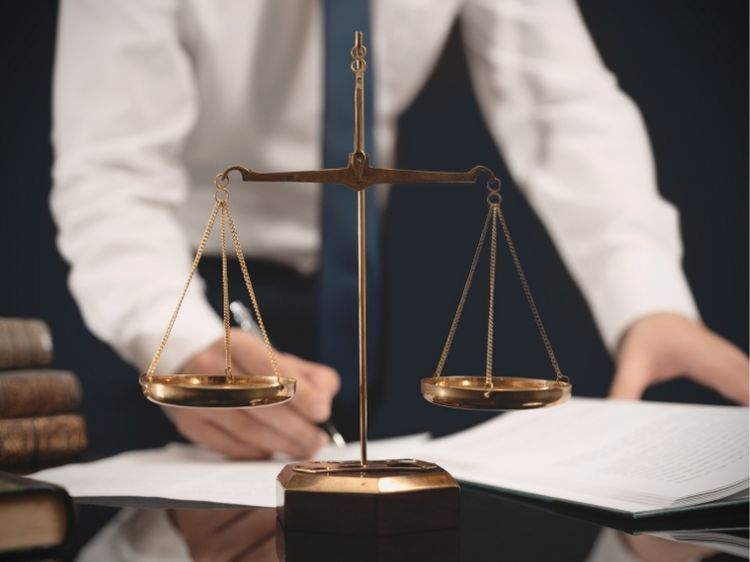Understanding Product Liability
If you’ve ever bought a product that didn’t work as expected, you’re not alone. Product liability claims are an essential part of consumer protection, ensuring that products meet safety standards and function as they should. When things go wrong—be it a dangerous toy, a malfunctioning kitchen appliance, or faulty vehicle brakes—product liability laws step in to hold manufacturers accountable. Let’s dive into the types of product liability claims, what each involves, and how they protect you as a consumer.
What Are Product Liability Claims?
Product liability claims are legal actions consumers can take when a product causes harm due to a defect or malfunction. These claims provide a means of recourse for consumers, holding manufacturers, distributors, and retailers accountable for the quality and safety of their products. Let’s explore the primary types of product liability claims and see how each one works.
1. Design Defects: When the Product Blueprint Is the Problem
A design defect occurs when there’s a fundamental flaw in the product’s design, making it inherently unsafe. Here, it’s not just a one-off issue with a single product; the entire product line may carry the defect due to the flawed design.
- Example: Imagine a line of electric heaters that tends to overheat and catch fire. The heating mechanism’s design itself is faulty, meaning every unit manufactured with this blueprint poses the same risk.
- Legal Focus: To prove a design defect, consumers generally must demonstrate that there was a safer, economically feasible alternative design that would have prevented the harm.
2. Manufacturing Defects: When Production Goes Wrong
A manufacturing defect arises during the production or assembly process, leading to a batch of products or individual items that deviate from the intended design. Unlike design defects, which affect all units of a product, manufacturing defects only impact certain products within a batch.
- Example: If a batch of bicycles is produced with defective brake cables, only those bikes with the compromised parts are dangerous. Here, the design is safe, but something went wrong during the manufacturing process.
- Legal Focus: To make a claim for a manufacturing defect, you must show that the product deviated from its intended design in a way that made it unsafe.
3. Failure to Warn: When Essential Warnings Are Missing
Sometimes, the product itself might be safe if used correctly, but it can become dangerous without proper instructions or warnings. This is known as failure to warn, a product liability claim that targets the omission of adequate instructions or safety warnings.
- Example: A chemical cleaning product that doesn’t include proper usage instructions or warnings about the need for ventilation when used indoors. Without this information, users may unknowingly expose themselves to harmful fumes.
- Legal Focus: Failure-to-warn claims often hinge on proving that the manufacturer knew, or should have known, about potential dangers and neglected to provide adequate instructions to prevent harm.
4. Breach of Warranty: When Products Don’t Live Up to Promises
When manufacturers or sellers promise specific qualities or capabilities of a product, they often provide warranties—either expressed or implied. When a product fails to meet these promises, a breach of warranty claim might come into play. Breach of warranty claims revolve around the violation of these promises.
- Example: Suppose you buy a blender advertised to blend ice and frozen fruits smoothly, but it fails to perform as promised, leading to a damaged motor. This failure could result in a breach of warranty claim since the product didn’t meet its advertised capability.
- Legal Focus: This type of claim usually requires the consumer to prove that the product didn’t perform as warranted or that the defect went against the implied warranty of merchantability (the product’s basic expectations for function).
Key Differences Between Types of Product Liability Claims
While each of these claims seeks to protect consumers, they differ in specific ways:
| Type of Claim | Focus of Claim | Main Legal Consideration |
| Design Defect | Product design itself is flawed | Feasibility of a safer design |
| Manufacturing Defect | Deviation from intended design | Proof of manufacturing error |
| Failure to Warn | Missing warnings/instructions | Manufacturer’s duty to warn |
| Breach of Warranty | Product doesn’t meet expectations | Express or implied warranty violation |
FAQs About Types of Product Liability Claims
1. What’s the difference between a design defect and a manufacturing defect?
Design defects are inherent in the product’s blueprint, affecting all products of that model. Manufacturing defects, however, are errors during production, making only some units dangerous.
2. Can I file a product liability claim without being injured?
Generally, no. Product liability claims require proof of injury or damage. However, class-action lawsuits may sometimes include consumers who bought defective products, even if they weren’t personally harmed.
3. How do I prove a failure-to-warn claim?
To succeed in a failure-to-warn claim, you’ll need to show that the product lacked sufficient warnings or instructions, and that this omission led to your injury.
4. Are warranties always written?
No, warranties can be express (written or verbally stated) or implied. Implied warranties automatically cover products to work as expected, even if not explicitly stated.
Conclusion: Protecting Consumer Rights Through Product Liability
Understanding the types of product liability claims helps consumers feel empowered when products don’t live up to expectations. These claims hold companies accountable and push them to uphold safety and quality standards. Whether it’s a design flaw, a manufacturing error, or a missing warning, knowing your rights as a consumer enables you to seek justice and potentially prevent similar harm to others.
Authoritative Links
For more information on product liability claims, you can explore the following resources:
- https://www.nolo.com/legal-encyclopedia/types-of-product-liability-claims.html
- https://www.findlaw.com/injury/product-liability/types-of-defective-product-liability-claims.html
- https://www.consumer.ftc.gov/articles/product-warranty
